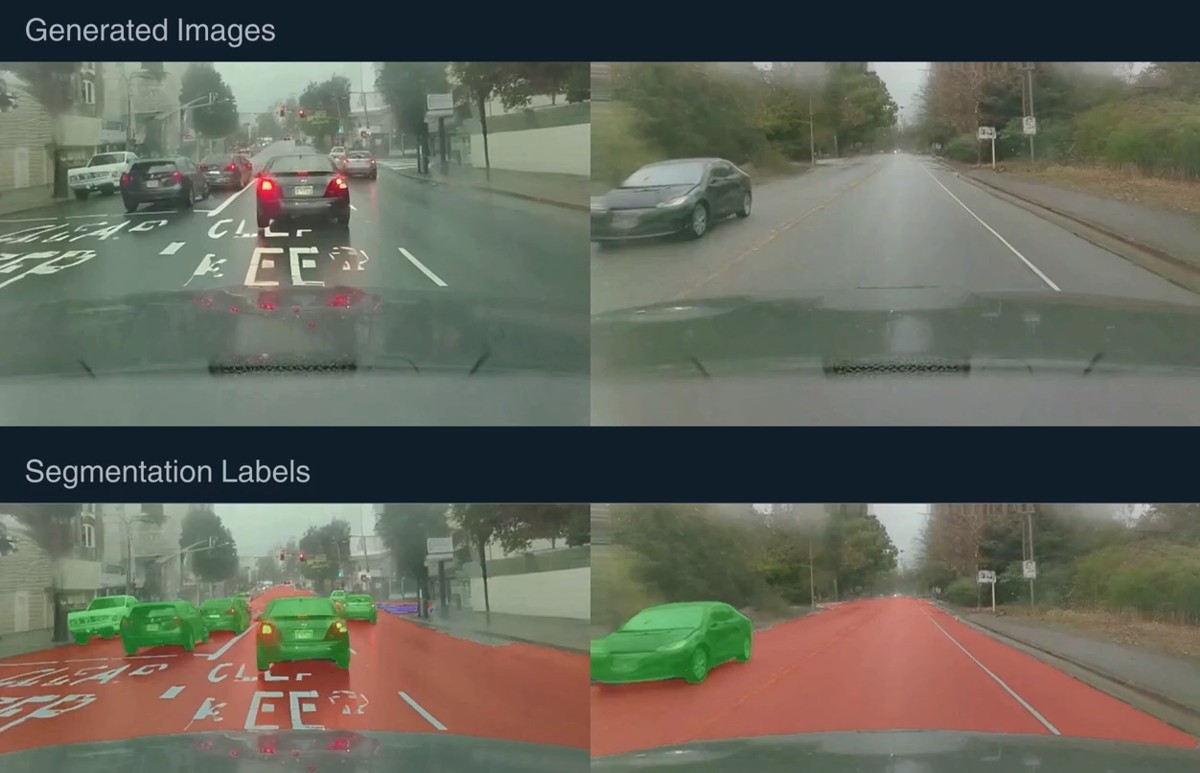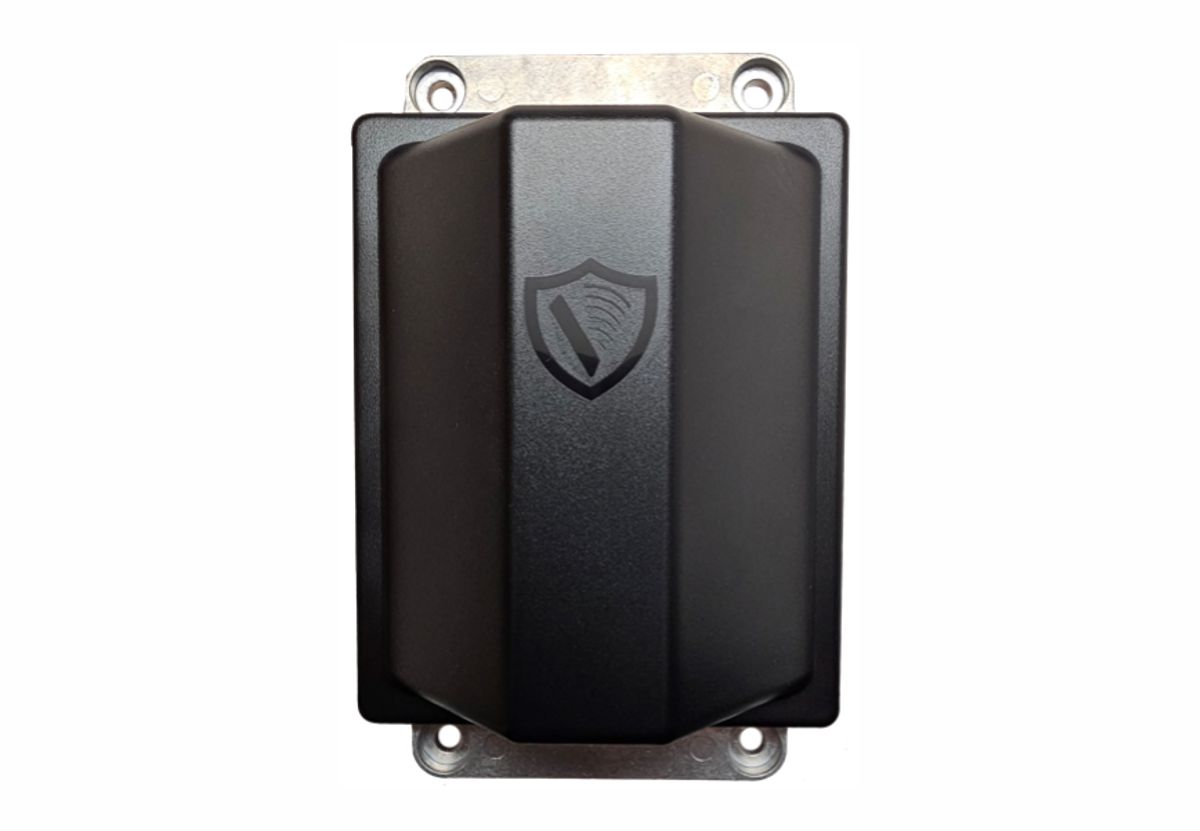Power up the UK’s EV infrastructure with Microgrids and Smart Networks
Over the past decade, consumer demand and global pressure to meet carbon net zero targets have culminated in exponential growth in the adoption of electric vehicles (EV) in the United Kingdom.
The rival to traditional petrol and diesel-powered vehicles has steadily grown in popularity as an increasing number of drivers have opted for a greener alternative that also boasts lower overall running costs.
Demand for electric vehicles has undoubtedly been accelerated by several UK Government initiatives. In 2011, EV adoption rose as the result of the government’s plug-in car grant (PiCG) which reduced the cost of electric and hybrid vehicles and encouraged UK drivers to make the switch. In more recent years, actions have been directed towards the car manufacturers, with a ban on the sale of petrol and diesel cars from 2030 and the announcement of a Zero Emission Mandate (ZEM), which outlines that from 2024 a percentage of cars sold by each car brand must be electric.
In response to the growth in electric vehicle adoption in the UK, we must ensure that appropriate EV infrastructure is in place to support this. Drivers require a reliable and widespread network of vehicle charging points.
So, what are the greatest challenges posed to widespread EV infrastructure today and how can they be overcome?
Widespread, reliable charging infrastructure
The availability and accessibility of charging infrastructure is a significant challenge in the UK despite the increase in charging point projects led by local councils across the country. The availability of charging stations, especially fast-charging stations, is crucial to alleviate range anxiety felt by many traditional oil-based car drivers in the UK who are tempted to make the change.
In addition to this, there are a great deal of conflicting views in the industry on the impact of EV charging on our grid network and whether supply will be able to meet demand in the future. Concerns that concurrent charging demand may surpass current grid capacity have already been voiced, and stand to become more pressing in response to Government targets. Targets set could theoretically see 35 million cars in need of charging by 2030 across the country. Current and future electric vehicle owners will not only require the assurance that charging facilities will exist along their route, they will also need certainty that they are able to charge their vehicles reliably.
Assessing and increasing grid capacity must be prioritised at this stage, since integrating large-scale EV charging infrastructure into the existing electrical grid poses nationwide challenges. High-power charging stations, particularly in dense urban areas, can strain the existing grid/Distribution Network Operator (DNO) capacity which will have knock-on effects for residents too. If infrastructure investment is not targeted for upgrades to handle the increased load, then overload and voltage fluctuations could become more frequent, compromising the power supply to homes and businesses.
Therefore, grid modernisation efforts, including smart grid technologies and demand management strategies, need urgent implementation if capacity is to effectively meet growing demand in the UK.
Microgrids and smart networks
Microgrids and smart networks are becoming increasingly recognised as an effective intervention for EV charging obstacles.
A microgrid is a small-scale power grid that can generate electricity on demand without putting strain on the grid. It can act as both a generation source and a load source, facilitating flexibility and isolation in the event of an outage. As a result, they can ensure uninterrupted charging services even during power disruptions, ensuring overall reliability and availability of EV charging infrastructure. Furthermore, microgrids allow EV users to reduce their peak demand on the grid and shift their energy consumption to hours when the energy costs are lower.
When coupled with smart network technologies, microgrids enable intelligent load management and optimisation. By leveraging real-time data and advanced algorithms, they can balance and prioritise EV charging loads, reducing strain on the grid and maximising the utilisation of available resources reducing the urgency for large infrastructure upgrades. In addition to this, microgrids can actively participate in demand response programs, where EV charging can be modulated based on grid conditions and electricity demand. Smart networks facilitate communication and coordination between EVs, charging infrastructure, and the grid.
Beyond their benefits in power generation and load management, microgrids can also incorporate energy storage systems such as batteries, which can store excess renewable energy or absorb and release energy during EV charging cycles. Energy storage helps manage the variability of renewable energy and facilitates efficient charging by delivering stored energy directly to EVs when needed. By integrating EV charging within a microgrid powered by renewable energy, the carbon footprint of electric transportation can be further reduced too.
V2G Technology
Grid resilience and charging freedom could be significantly improved with the use of a vehicle-to-grid (V2G) solution, a technology that enables energy to be pushed back to the power grid from the battery of an electric vehicle.
V2G technology makes it possible to charge the EV battery and take the energy stored in the car’s battery and push it back to the power grid. As a result, the technology has enormous potential in an increasingly decentralised energy system and may even hold the key to creating 100% renewable power grids.
Future developments
In order to develop EV infrastructure and ensure grid resilience at the pace required to minimise pressure on the energy source, it is crucial that key players across the industry pull together.
Over the past few years there has been progress made across the industry, however, there is still collaboration required between stakeholders from the UK government, to electricity providers and even environmental advocacy groups to ensure that EV infrastructure deployment is accelerated to support net zero goals.
Article by Phil Giles, Head of HV at Enerveo explores how electric vehicle (EV) infrastructure can be developed to meet UK government environmental targets without compromising the national grid supply.















